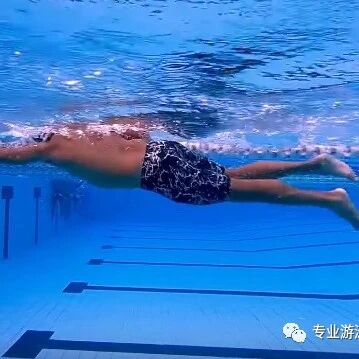Keep your elbows high, but release the pressure as needed—don’t let high elbows turn into dragging ones, and avoid letting them become mere empty gestures.
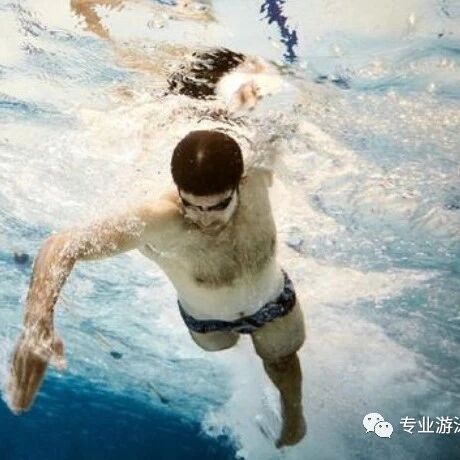
Almost all swimming tutorials emphasize the "high-elbow technique," which involves keeping the elbow elevated throughout the catch and push phases—specifically, ensuring the elbow remains higher than the forearm, and the forearm higher than the hand. By using the elbow joint as a stable pivot point, this technique allows swimmers to effectively engage the latissimus dorsi muscles, reducing strain on the shoulders and minimizing the risk of injury, while also enhancing swimming endurance.
Some swimmers, however, have raised questions about practicing the high-elbow technique during their workouts. In this article, we’ll address these concerns to provide clarity and guidance—hopefully making it easier for you to refine your form and maximize your performance in the water.
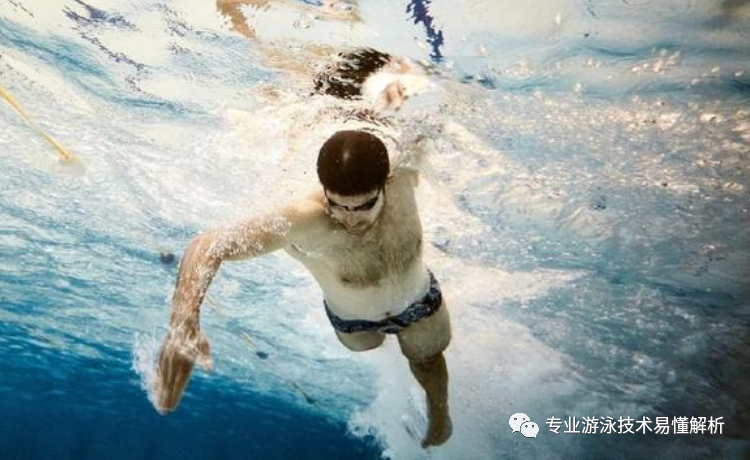
1. Why raise the elbows high? Isn’t a straight arm enough?
Straight-arm swimming isn’t impossible—provided, of course, your arms are strong enough and you don’t plan to swim continuously for more than an hour. Otherwise, straight-arm strokes will eventually wear down even the most powerful of your limbs. In fact, freestyle swimming with straight-arm pulls has led to shoulder and back injuries among many swimmers.
2. What exactly are the benefits of high-elbow catch and pull-through?
You don’t need to go to Shandong Lanxiang Technical School—just head straight to a construction site and watch an excavator in action. As the bucket digs into the soil, the machine’s boom arm retracts layer by layer. Isn’t this process strikingly similar to how you scoop and push water while swimming? In swimming, the swimmer’s arms act like the excavator’s bucket: when your elbow is high, your forearm, upper arm, and body form a sharp triangle, with the elbow joint serving as one of its vertices. As you glide forward, this triangular shape continuously shifts backward while gradually shrinking in size. That’s precisely why accelerating during the push phase is crucial—it helps maintain consistent propulsion force throughout the stroke.
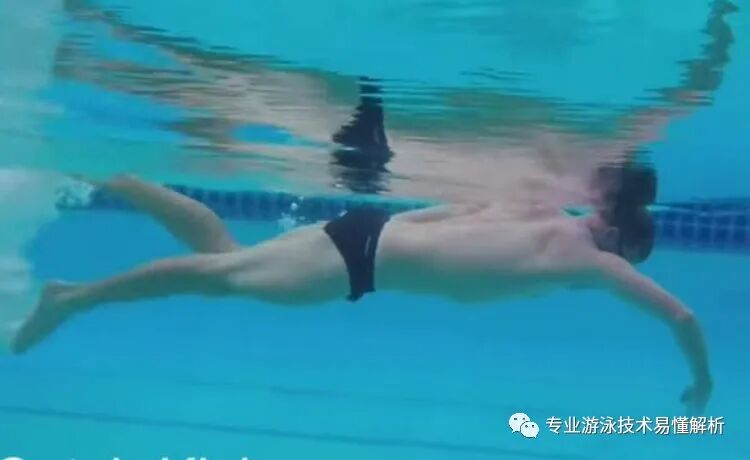
3. Is the high-elbow technique only suitable for freestyle?
To be clear, the high-elbow technique is suitable for all swimming strokes and is particularly crucial for certain styles. While it’s optional in freestyle and butterfly, it’s virtually essential for breaststroke, where maintaining a high elbow during the catch phase is absolutely critical. In fact, one of the main reasons why beginner breaststrokers struggle to lift their heads properly is that they fail to keep their elbows elevated throughout the catch.
4. Should you apply force when lifting your elbows high?
When performing the high-elbow technique, it’s naturally important to apply force—but for beginners, trying to feel the water’s resistance without engaging your muscles is actually quite challenging. Applying force helps deepen your intuitive understanding of the high-elbow motion.
However, remember: don’t rely on brute strength. Instead, let the water guide your movements, almost as if you’re gently cradling or pushing through it. Think of this scenario: first, place your palm lightly against someone’s back, then slowly guide them forward by subtly pushing—not by abruptly slapping your hand away from their body, which would send them stumbling backward.
Whether you’re scooping water into your arms or driving it away with a push, pay close attention to that unique sensation of being “stuck” yet smoothly moving with the water. Beginners often rush to execute the arm movements quickly, focusing solely on the mechanics of the stroke—yet they end up losing touch with the subtle, fluid interaction between their hands and the water itself.
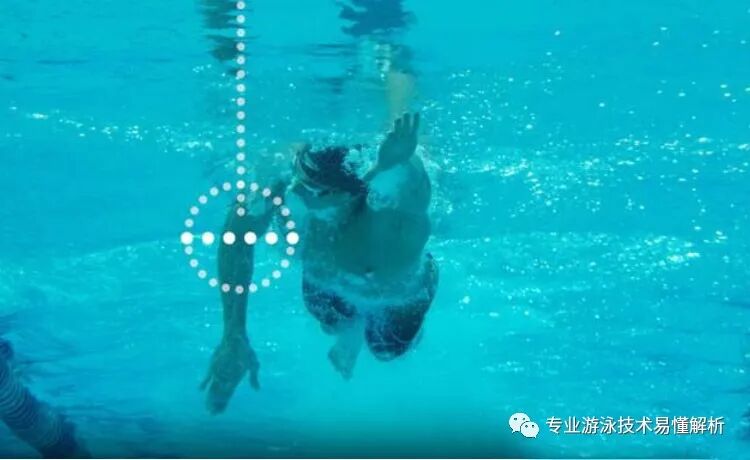
5. What should you do if your left and right arm strengths are different?
Generally, people don’t have exactly the same strength in their left and right arms—some are stronger on the left, while others excel more on the right. When performing high-elbow catch-and-pull movements, it’s important to maintain balanced force application. In particular, avoid overexerting one arm at the expense of the other. If you push too hard with your stronger side, it can create a noticeable advantage—but this imbalance may disrupt your overall rhythm and hinder efficient forward motion. Instead, focus on relaxing your arms, and as you glide and enter the water during freestyle, consciously feel how your arm’s weight naturally rests fully in your palm.
6. As I was swimming, how did my high elbow suddenly turn into a dragging one?
Due to declining physical fitness or unfamiliarity with efficient breathing techniques, continuously exerting force while maintaining the high-elbow posture—whether during the catch, pull, or recovery phase—becomes unsustainable over time. This often leads to a situation where the forearm ends up parallel to the water surface and the hand moves through the water with weak, ineffective strokes. In such cases, the elbow drops below the level of the palm, resulting in "dragging the elbow." To address this issue: When you start feeling strained during the stroke, gently spread your fingers slightly to allow water to flow between them rather than being blocked by the tightly closed hand. This helps redirect your strength primarily toward maintaining that high elbow position—rather than focusing on the downward motion of the palm. Similarly, if improper breathing technique causes discomfort in your lungs, it can disrupt your stroke mechanics, leading to the same "dragging elbow" problem. In these instances, it’s best to temporarily adjust your stroke by switching to a straight-arm recovery—or even adopting a one-stroke-per-breath rhythm—to restore comfort and smoothness in your breathing. Once your breathing feels natural again, you can gradually refine your technique for optimal efficiency.
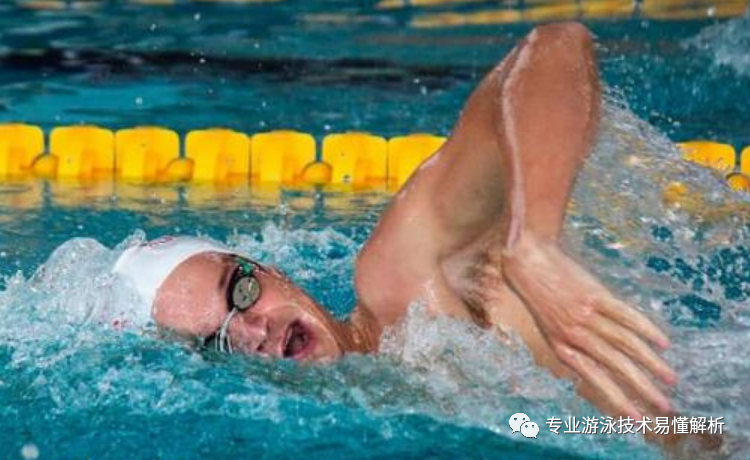
7. Keeping the elbow high during the arm recovery is important, but staying relaxed is even more crucial.
Beginners in freestyle swimming may understand the importance of lifting the elbow out of the water during the arm recovery phase and even focus on maintaining a high elbow throughout the movement. However, one of the most common mistakes is simply forgetting to relax the arm entirely. Instead of letting the arm rest briefly after each recovery, swimmers often rush straight into the next stroke—leading to fatigue over time. So, who’s to blame when your arms start feeling tired? Relaxing your arm is actually quite simple: Stand upright in place with both arms extended forward, keeping your elbows locked while allowing your forearms to naturally drop downward without any tension.
Related Articles
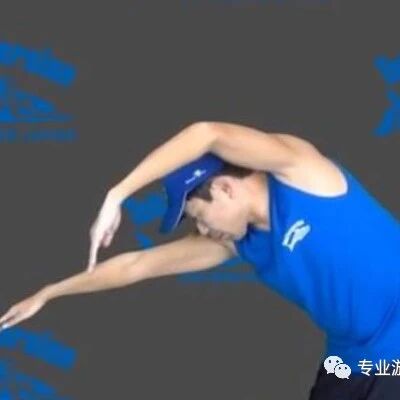
How is it possible to achieve a high, leg-up position without kicking? The advantages of the Total Immersion approach
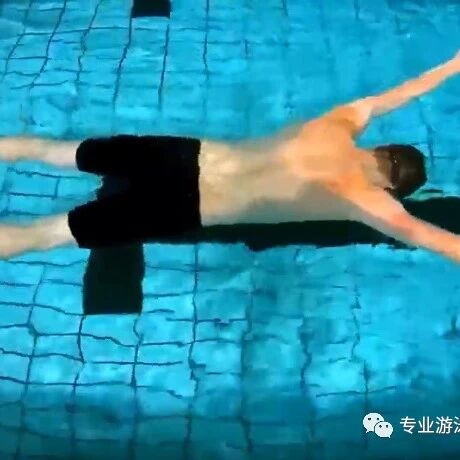
The first hurdle for beginners in swimming: Why do you sink as soon as you enter the water, and how can you learn to float?
